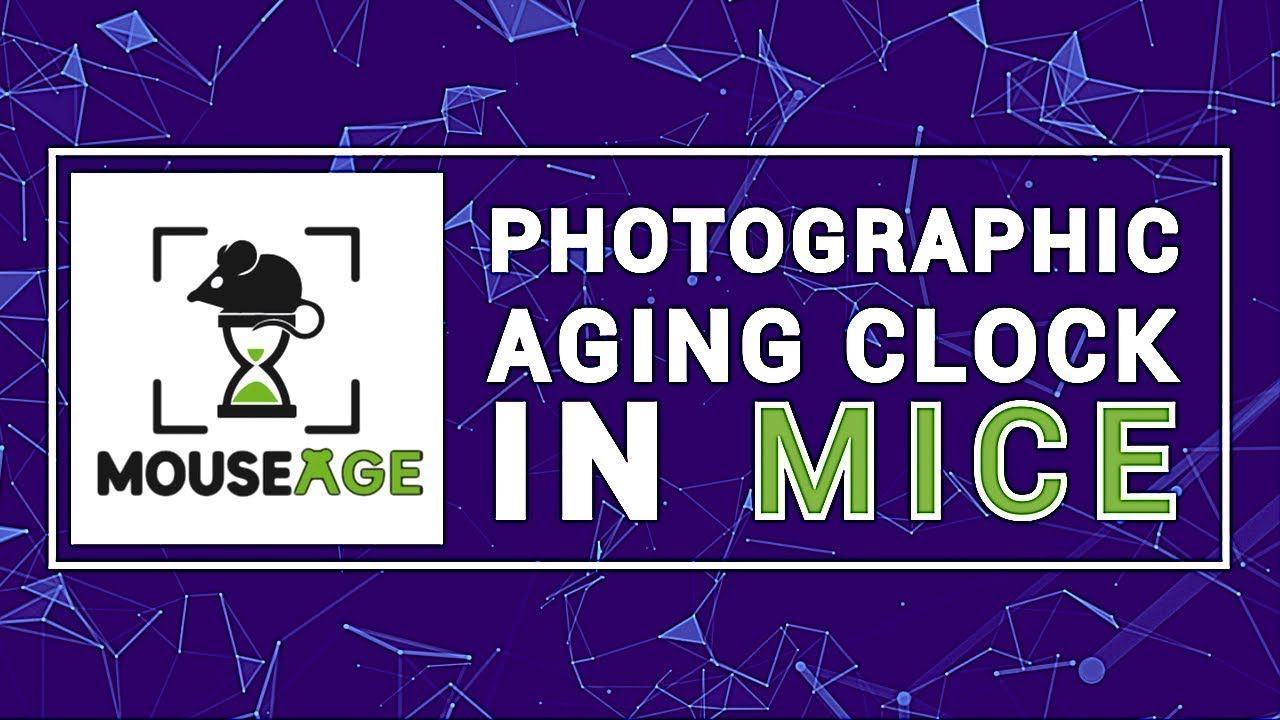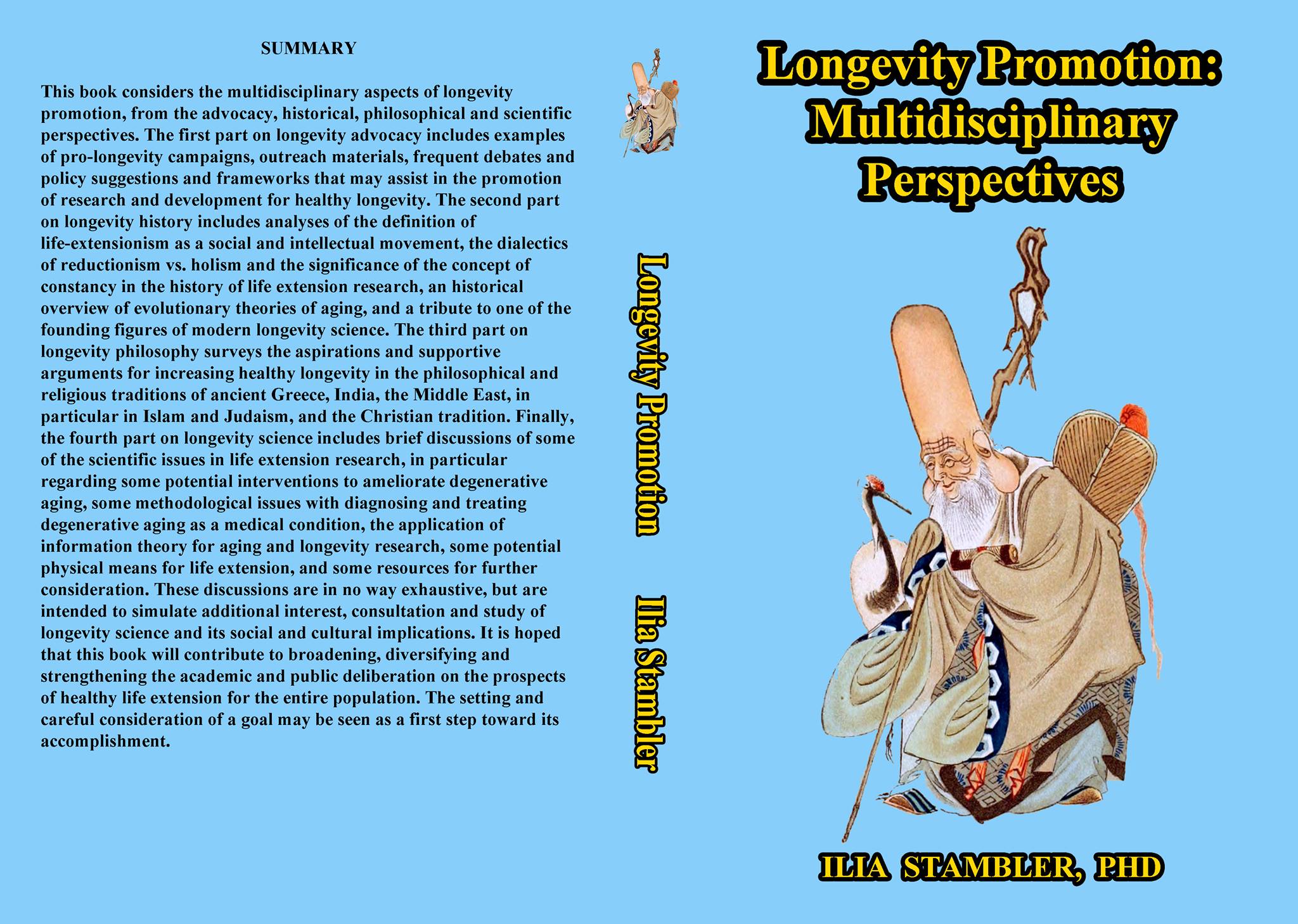Page 9182
Oct 9, 2017
NASA contracts energy firm to refine nuclear thermal propulsion concepts
Posted by Klaus Baldauf in categories: government, nuclear energy, space travel
As the U.S. government continues to pursue plans for a crewed mission to Mars, NASA has contracted with BWXT Nuclear Energy Inc. of Lynchburg, Virginia, to advance concepts in Nuclear Thermal Propulsion (NTP), which could drastically reduce travel times to Mars.
This is part of NASA’s Game Changing Development Program, which takes ideas from academia and industry as well as NASA and other government programs, to advance new approaches to space technologies to accommodate the changing needs of U.S. space efforts.
NTP is not a new concept, but it was abandoned in 1972 when plans for a Mars mission were shelved. NASA conducted ground tests since 1955 to determine the viability of NTP and has occasionally been revisited as a conceptual part of Mars mission feasibility studies.
Continue reading “NASA contracts energy firm to refine nuclear thermal propulsion concepts” »
Oct 9, 2017
BridgeSat — Satellite data bandwidth ground station network
Posted by Klaus Baldauf in category: satellites
BridgeSat’s turnkey solution connects satellites to the ground accommodating the greater demand for accurate and frequent data collection from LEOs.
Oct 9, 2017
Anti-aging drug breakthrough
Posted by Ian Hale in categories: biotech/medical, life extension, neuroscience
The work, published in the March 8 issue of Science, finally proves that a single anti-aging enzyme in the body can be targeted, with the potential to prevent age-related diseases and extend lifespans.
The paper shows all of the 117 drugs tested work on the single enzyme through a common mechanism. This means that a whole new class of anti-aging drugs is now viable, which could ultimately prevent cancer, Alzheimer’s disease and type 2 diabetes.
“Ultimately, these drugs would treat one disease, but unlike drugs of today, they would prevent 20 others,” says the lead author of the paper, Professor David Sinclair, from UNSW Medicine, who is based at Harvard University. “In effect, they would slow aging.”
Oct 9, 2017
Half the universe’s missing matter has just been finally found
Posted by Ian Hale in category: futurism
About half the normal matter in our universe had never been observed – until now. Two teams have finally seen it by combining millions of faint images into one.
Oct 9, 2017
Intel Jumps Into Brain-Like Computing With New Self-Learning Chip
Posted by Anderson Tan in category: robotics/AI
Oct 9, 2017
MouseAge: Visual Biomarker for Mouse Aging
Posted by Steve Hill in categories: biological, life extension, robotics/AI

MouseAge (https://www.lifespan.io/mouseage) is creating the first photographic biomarker system using the power of artificial intelligence.
The goal of MouseAge is to create a system capable of determining the age of mice without the need for invasive or even harmful tests.
Continue reading “MouseAge: Visual Biomarker for Mouse Aging” »
Oct 9, 2017
Could DARPA’s Brain Uploads Lead To ‘Matrix’ Military Training?
Posted by Klaus Baldauf in categories: government, military, neuroscience

With all the movies and TV shows currently streaming online, who has time to learn a new language or some other cognitive skill anymore? DARPA (the U.S government’s Defense Advanced Research Projects Agency) has been working on the ultimate cheat code for brains that would cut down the time needed to acquire knowledge and complete skill training. The program was not named after any of the characters from The Matrix, but it probably should have been.
According to Futurism, DARPA announced the Targeted Neuroplasticity Training (TNT) program back in 2016. In theory, DARPA would develop technology that would stimulate peripheral nerves to release more neuromodulators (brain chemicals) including acetylcholine, dopamine, serotonin, and norepinephrine. The chemicals would activate synaptic plasticity and the brain would be trained to process information for cognitive skills more quickly. The stated goal of TNT is to speed up training processes for military personnel and in turn reduce costs and improve results. “DARPA is approaching the study of synaptic plasticity from multiple angles to determine whether there are safe and responsible ways to enhance learning and accelerate training for skills relevant to national security missions,” said TNT Program Manager Doug Webe, in a press release. But the technology could be used for much cooler applications, like teaching me Jiu-jitsu or how to fly a helicopter in a matter of seconds.
Continue reading “Could DARPA’s Brain Uploads Lead To ‘Matrix’ Military Training?” »
Oct 9, 2017
Book Review: Longevity Promotion a Multidisciplinary Perspective
Posted by Steve Hill in categories: biotech/medical, ethics, law, life extension
There’s no doubt that Dr. Ilia Stambler’s Longevity promotion: multidisciplinary perspective is a great book for the advocate and keen supporter of healthy life extension. Check out our review by Nicola Bagalà.
There’s no doubt that Dr. Ilia Stambler’s Longevity promotion: multidisciplinary perspective is a thorough book that all kinds of advocates of healthy longevity may find very useful. The book reads pretty much like a collection of academics papers, each dealing with a different aspect of the matter, including science, history, social and moral implications, legislation, and advocacy. Just like you would expect from an academic work, each section of this book is complete with exhaustive sources that will indubitably prove helpful should you wish to dig deeper into the topic being discussed.
The first section of the book focuses on advocacy, discussing typical concerns raised in the context of life extension, outreach material, and initiatives, and it offers suggestions for effective policies to promote aging and longevity research. The latter part of this section was one of the hardest for me to read since policies and legislation are not at all my strongest suit, but I do believe that professional lobbyists and advocates who have legal and regulatory backgrounds and wish to take action will find numerous ideas in it.
Continue reading “Book Review: Longevity Promotion a Multidisciplinary Perspective” »
Oct 9, 2017
The Dirty Secret of the Food Industry — Funding Bias
Posted by Brady Hartman in categories: biotech/medical, food, health
Summary: Funding bias is junk science used by industry to hoodwink consumers. This report shows you how to protect yourself against the problem.
The funding bias scandal made headlines recently when the Journal of the American Medical Association (JAMA) broke the news that the sugar industry had paid-off Harvard scientists to down-play sugars role in heart disease. JAMA reported that the sugar industry trade group called the Sugar Research Foundation instructed Harvard researchers to publish reports that down-played sugar’s connection to heart disease, and instead cast doubts on saturated fat.
And in another study, after examining over 200 research studies paid for by a food or beverage organization, researchers from Children’s Hospital Boston found that industry-funded studies were four to eight times more likely to report positive health benefits from consuming those products.
















